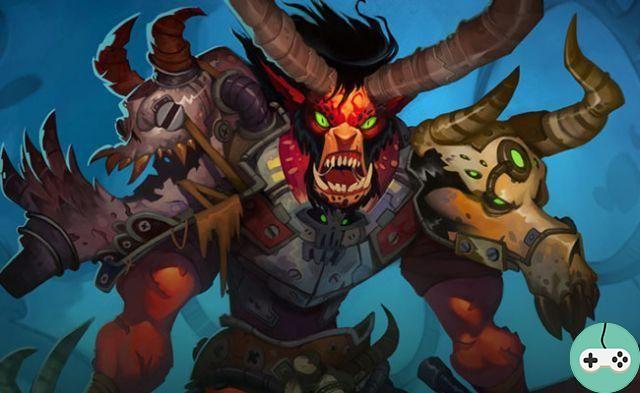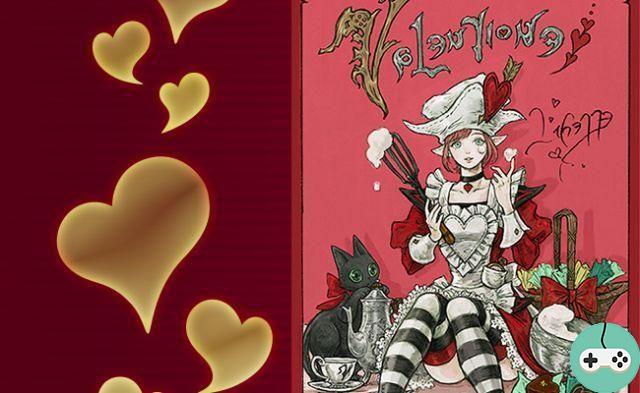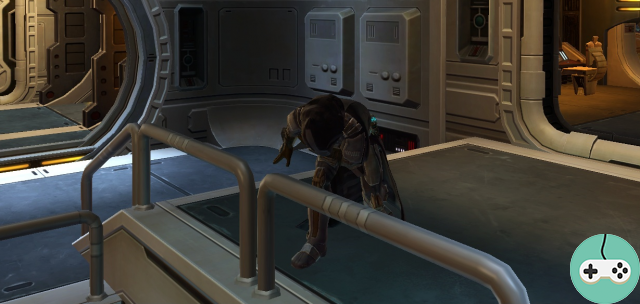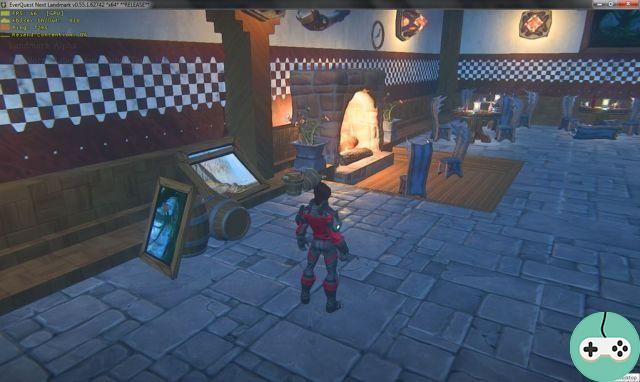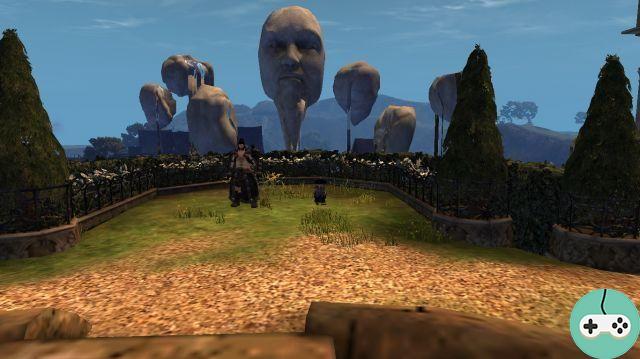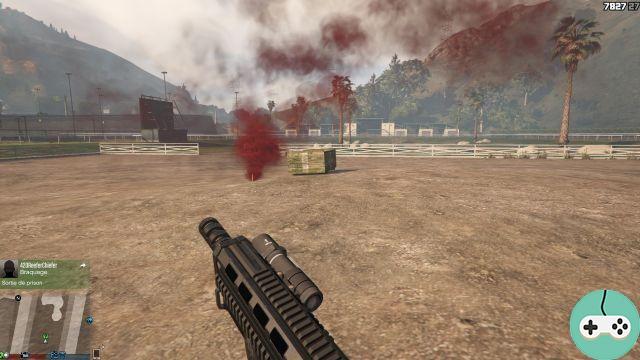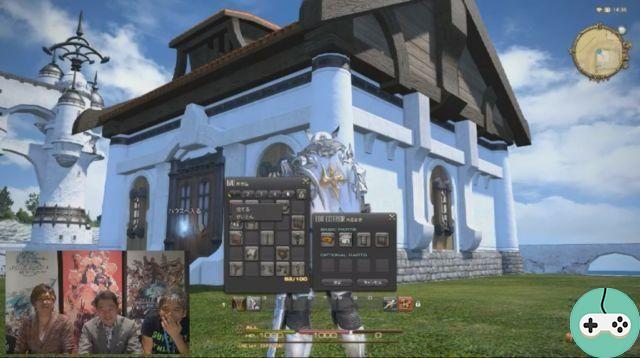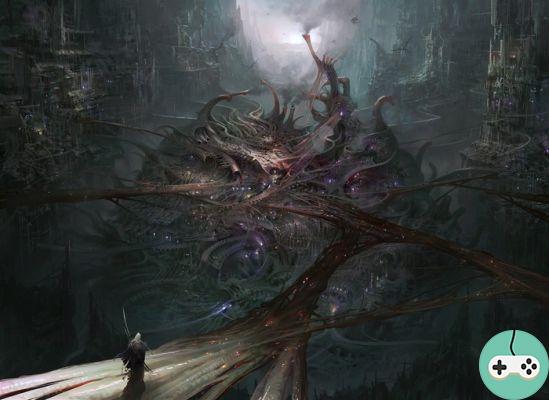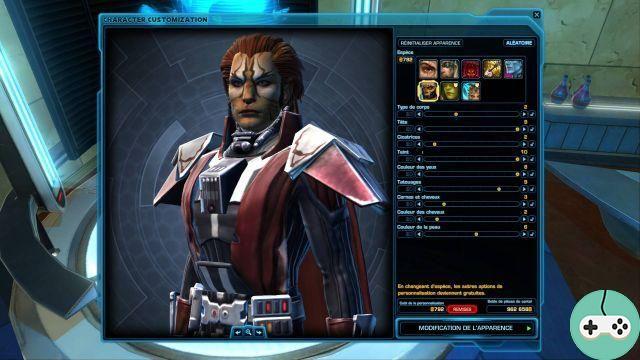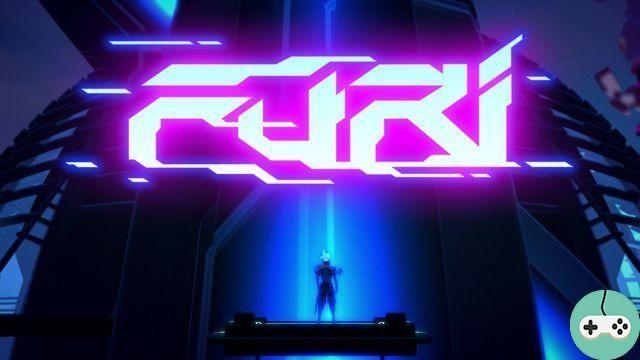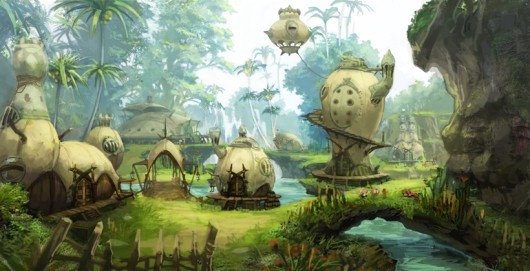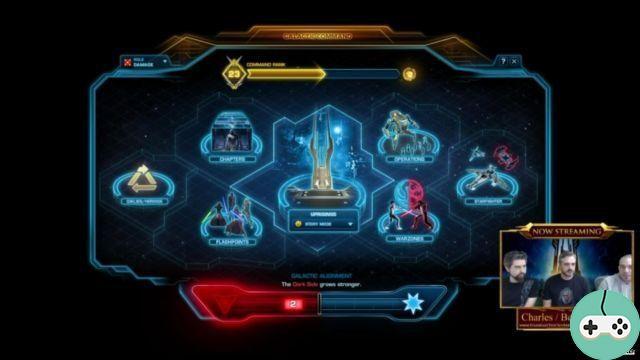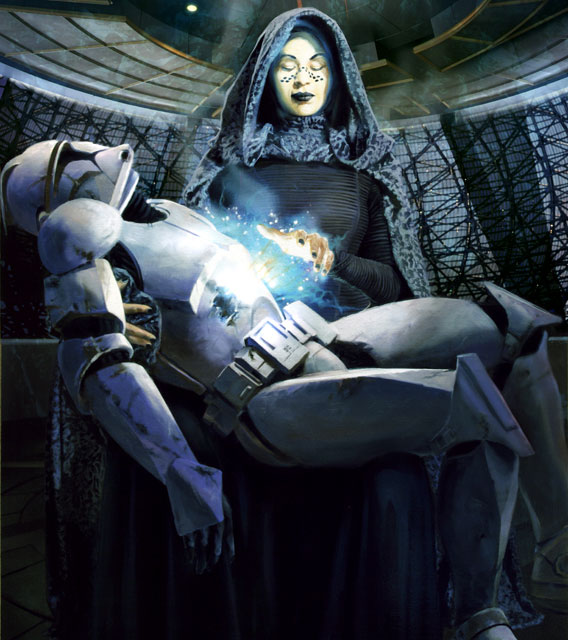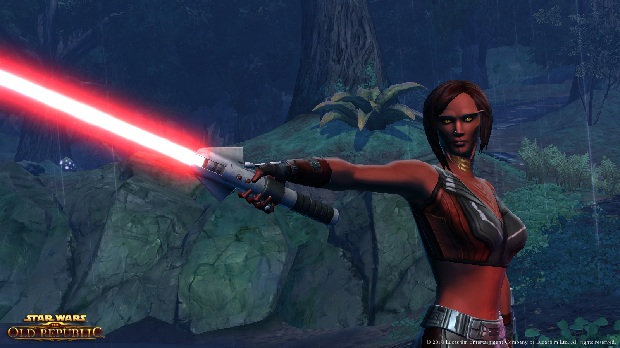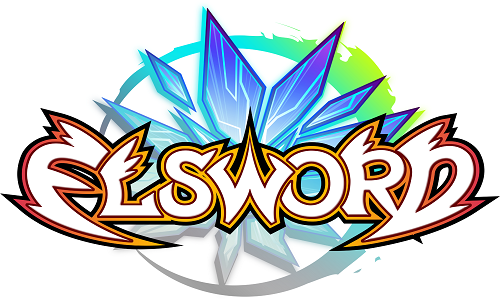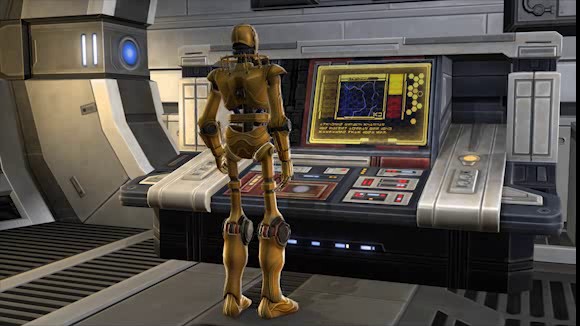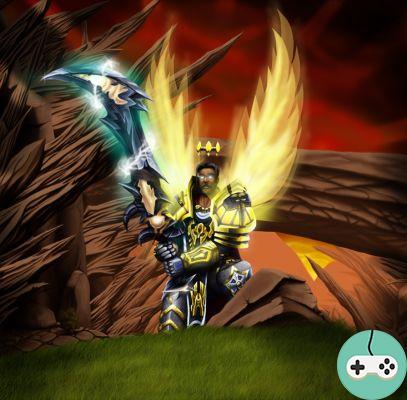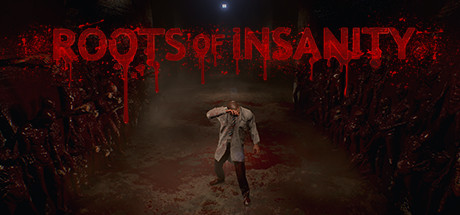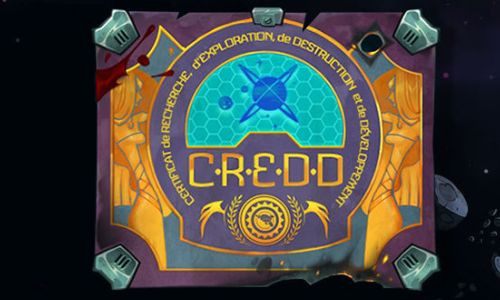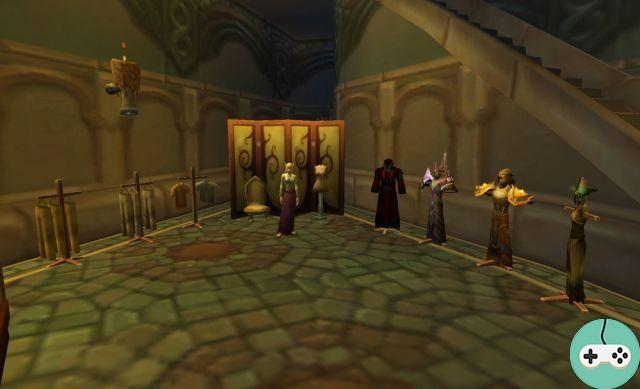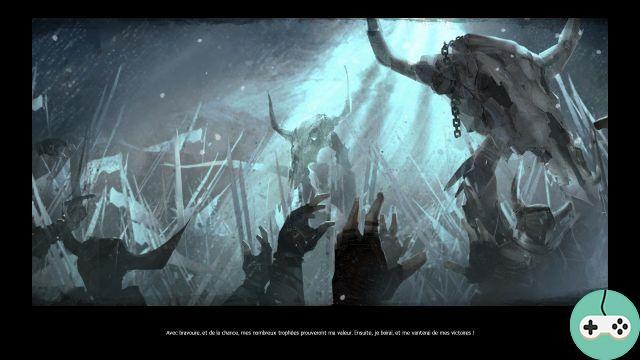
The advantages linked to the group are not negligible. These are all these advantages. To be entitled to it, the main thing is to stay together (hey yes), to type the same mobs and to do the same events ...
- experience maintained even with a difference in level
- group-related bonus experience
- increased magic discovery percentage
- increased item drop percentage
- influence per action increased
- influence per event increased
- dungeon influence increased
Playing in a group is successful for you, so go ahead and group together when you can.

In Dungeon
Dungeon Mode was designed to be the most difficult game mode in Guild Wars 2. There are a few things you need to be aware of before jumping into it headlong:
- the game mechanics of Guild Wars 2 must be known as a minimum and mastered as well as possible.
- roles must be assimilated
- equipment must be of dungeon level and of blue quality at a minimum
- the concepts of pulling (attracting an enemy) and kitting (walking an enemy without getting hit) must be clear
If one of these points is not mastered, you will probably be able to finish the story mode but not the exploration mode. Be prepared to bite the dust several times.
Kitting and pulling are essential for survival, and it is in survival mode that you have to get into the dungeon. Dodge, avoid area damage (AOE), use rooms already emptied, break lines of sight (LOS), use upgrades / conditions, all these mechanisms will be your assets to successfully complete your expedition.
A group with at least one or two supports, supports and a single damage are also strongly recommended.

The roles
In other MMOs, an optimized group uses the "Holy Trinity", namely a tank, a healer and a maximum of dps. In Guild Wars 2, we must consider a more mathematical approach and the important point to remember, it is the points of life of a group vis-a-vis those of the enemies and especially the erosion of these.
To begin with, you have to understand the roles.
- Support
- Support
- Damage
Support is likened to a tank, but it is played differently. A support must be very comfortable with dodging and kitting. Its greatest strengths are its mobility, survival skills, such as Aegis and Protection, and ailments, such as Weakness and Vulnerability. Its characteristics are Power, Robustness and Vitality. He is the first to strike and must be supported by the whole group in the first moments of the fight.
Support is likened to a healer but it is played differently. Support should be very comfortable with the care and protection. Its greatest strengths are its overview, survival skills, like Regeneration, Stamina, and Speed, and its controls and states, like Haste and Stability. Its characteristics are Power, Healing Power, and Condition Damage. He must have a maximum of group skills.
The damage is assimilated to a dps. A damage maker should be very comfortable with the ranged / melee swich. Her greatest strengths are her ranged / melee versatility, her survival skills like Fury and Might, and Ailments like Burn and Bleed. Its characteristics are Power, Accuracy, and Condition Damage. He is very vulnerable and must be protected.
In Guild Wars 2, the "holy trinity" is changed (see Ccelyo's perspective). An optimized group consists of 1 or 2 supports, 2 or 3 supports, and SINGLE damage-maker. Players who are used to roles in other games will naturally turn to a damage-maker and will not understand why dungeon runs fail. Adapt yourself! With the weapon swich and the ability to change skill upgrades, each player can take on 2 roles.

Have you ever been in a dungeon? What was the composition of your group? Did it go well?




